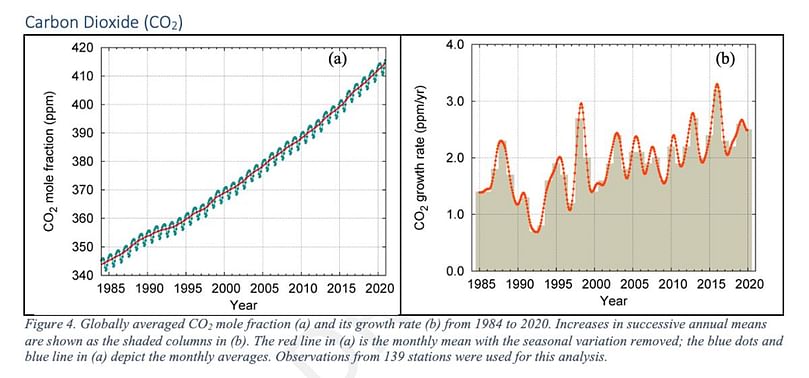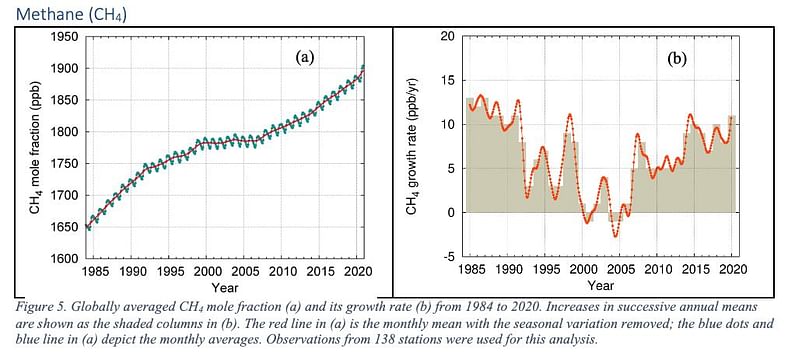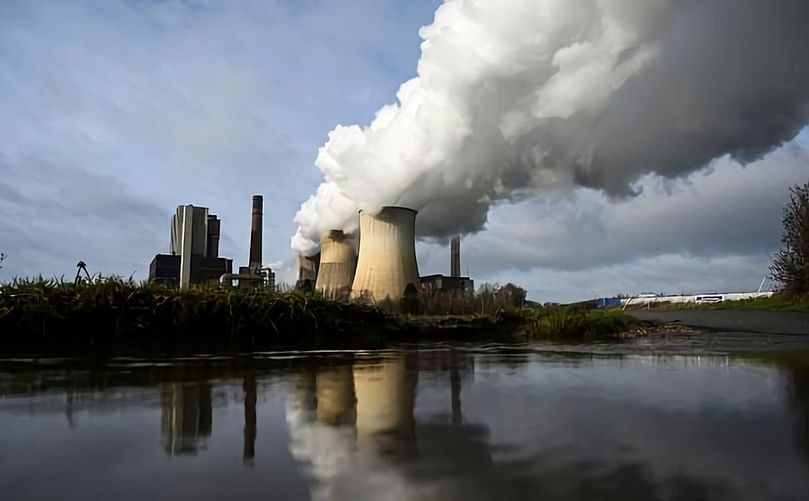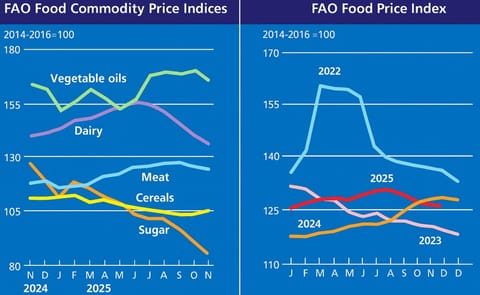World Meteorological Organization on Greenhouse Gas: Another Year Another Record
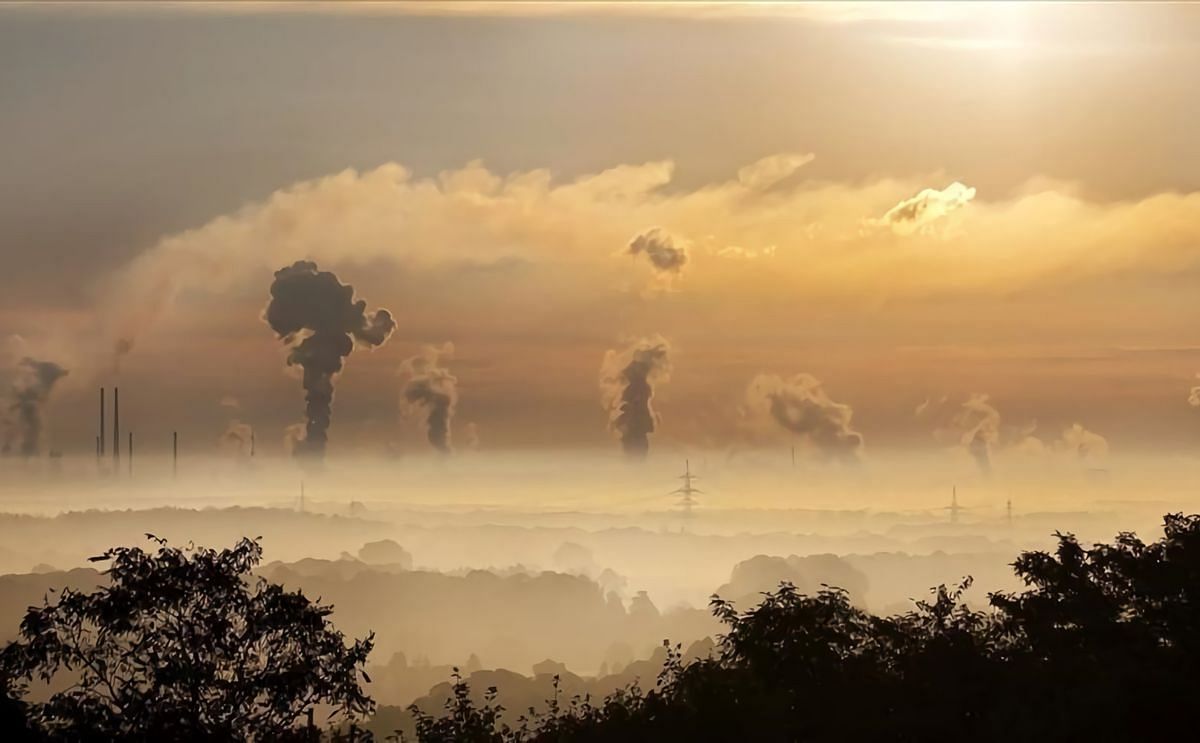
The abundance of heat-trapping greenhouse gases in the atmosphere once again reached a new record last year, with the annual rate of increase above the 2011-2020 average. That trend has continued in 2021, according to the World Meteorological Organization (WMO) Greenhouse Gas Bulletin.
The concentration of carbon dioxide (CO2), the most important greenhouse gas, reached 413.2 parts per million in 2020 and is 149% of the pre-industrial level. Methane (CH4) is 262% and nitrous oxide (N2O) is 123% of the levels in 1750 when human activities started disrupting Earth’s natural equilibrium.
The economic slowdown from COVID-19 did not have any discernible impact on the atmospheric levels of greenhouse gases and their growth rates, although there was a temporary decline in new emissions.
As long as emissions continue, global temperature will continue to rise. Given the long life of CO2, the temperature level already observed will persist for several decades even if emissions are rapidly reduced to net zero.
Alongside rising temperatures, this means more weather extremes including intense heat and rainfall, ice melt, sea-level rise, and ocean acidification, accompanied by far-reaching socioeconomic impacts.
Roughly half of the CO2 emitted by human activities today remains in the atmosphere. The other half is taken up by oceans and land ecosystems. The Bulletin flagged concern that the ability of land ecosystems and oceans to act as “sinks” may become less effective in the future, thus reducing their ability to absorb carbon dioxide and act as a buffer against larger temperature increases.
The Bulletin shows that from 1990 to 2020, radiative forcing – the warming effect on our climate - by long-lived greenhouse gases increased by 47%, with CO2 accounting for about 80% of this increase. The numbers are based on monitoring by WMO’s Global Atmosphere Watch network.
Petteri Taalas WMO Secretary-General Professor:
"The Greenhouse Gas Bulletin contains a stark, scientific message for climate change negotiators at COP26. At the current rate of increase in greenhouse gas concentrations, we will see a temperature increase by the end of this century far in excess of the Paris Agreement targets of 1.5 to 2 degrees Celsius above pre-industrial levels. We are way off track."
"The amount of CO2 in the atmosphere breached the milestone of 400 parts per million in 2015. And just five years later, it exceeded 413 ppm. This is more than just a chemical formula and figures on a graph. It has major negative repercussions for our daily lives and well-being, for the state of our planet, and for the future of our children and grandchildren."
"Carbon dioxide remains in the atmosphere for centuries and in the ocean for even longer. The last time the Earth experienced a comparable concentration of CO2 was 3-5 million years ago when the temperature was 2-3°C warmer and the sea level was 10-20 meters higher than now. But there weren’t 7.8 billion people then."
"Many countries are now setting carbon neutral targets and it is hoped that COP26 will see a dramatic increase in commitments. We need to transform our commitment into action that will have an impact on the gases that drive climate change."
"We need to revisit our industrial, energy, and transport systems and whole way of life. The needed changes are economically affordable and technically possible. There is no time to lose."

Global annual surface man abundances (2020) and trends of key greenhouse gases from the GAW in-situ observational networkfor GHG. Units are dry-air molefractions, and uncertainties are 68% confidence limits. The averaging method is described in GAW Report No. 184 [9}
Highlights of the Bulletin
Carbon sinks
Roughly half of the CO2 emitted by human activities today remains in the atmosphere. The other half is taken up by oceans and land ecosystems. The part of CO2 which remains in the atmosphere is an important indicator of the balance between sources and sinks. It changes from year to year due to natural variability.
Land and ocean CO2 sinks have increased proportionally with the increasing emissions in the past 60 years. But these uptake processes are sensitive to climate and land-use changes. Changes in the effectiveness of carbon sinks would have strong implications for reaching the goals of the 2015 Paris Agreement and will require adjustments in the timing and/or size of the emission reduction commitments.
Ongoing climate change and related feedbacks, like more frequent droughts and the connected increased occurrence and intensification of wildfires might reduce CO2 uptake by land ecosystems. Such changes are already happening, and the Bulletin gives an example of the transition of the part of Amazonia from a carbon sink to a carbon source.
Ocean uptake might also be reduced due to higher sea surface temperatures, decreased pH due to CO2 uptake, and slowing of the meridional ocean circulation due to increased melting of sea ice.
Timely and accurate information on changes are critical to detecting future changes in the source/sink balance and these are monitored by the Global Atmosphere Watch networks.
Carbon dioxide
Carbon dioxide is the single most important greenhouse gas in the atmosphere, accounting for approximately 66% of the warming effect on the climate, mainly because of fossil fuel combustion and cement production.
The globally averaged concentrations for CO2 reached a new high of 413.2 ppm in 2020. The increase in CO2 from 2019 to 2020 was slightly smaller than 2018 to 2019 but larger than the average annual growth rate over the last decade. This is despite the approximately 5.6% drop in fossil fuel CO2 emissions in 2020 due to the COVID-19 restrictions.
Data from the monitoring stations clearly show that levels of CO2 continued to increase in 2021.
In July 2021, CO2 concentration at Mauna Loa (Hawaii, US) and Cape Grim (Tasmania, Australia) reached 416.96 ppm and 412.1 ppm, respectively, in comparison with 414.62 ppm, and 410.03 ppm in July 2020.
Methane
Methane is a powerful greenhouse gas which remains in the atmosphere for about a decade.
Methane accounts for about 16% of the warming effect of long-lived greenhouse gases, according to the US National Oceanic and Atmospheric Administration (NOAA). Approximately 40% of methane is emitted into the atmosphere by natural sources (for example, wetlands and termites), and about 60% comes from anthropogenic sources (for example, ruminants, rice agriculture, fossil fuel exploitation, landfills, and biomass burning).
The increase from 2019 to 2020 was higher than 2018 to 2019 and also higher than the average annual growth rate over the last decade.
Reducing atmospheric methane in the short term could support the achievement of the Paris Agreement and help in reaching many Sustainable Development Goals due to multiple co-benefits of methane mitigation. But this does not reduce the need for strong, rapid, and sustained reductions in CO2.
Nitrous Oxide
Nitrous Oxide is both powerful greenhouse gas and an ozone-depleting chemical. It accounts for about 7% of the radiative forcing by long-lived greenhouse gases.
N2O is emitted into the atmosphere from both natural sources (approximately 60%) and anthropogenic sources (approximately 40%), including oceans, soils, biomass burning, fertilizer use, and various industrial processes.
The globally averaged N2O mole fraction in 2020 reached 333.2 ppb, which is an increase of 1.2 ppb with respect to 2019. The annual increase from 2019 to 2020 was higher than the increase from 2018 to 2019 and also higher than the mean growth rate over the past 10 years (0.99 ppb per year).
Global human-induced N2O emissions, which are dominated by nitrogen additions to croplands, increased by 30% over the past four decades. Agriculture, owing to the use of nitrogen fertilizers and manure, contributes 70% of all anthropogenic N2O emissions. This increase was mainly responsible for the growth in the atmospheric burden of N2O.

